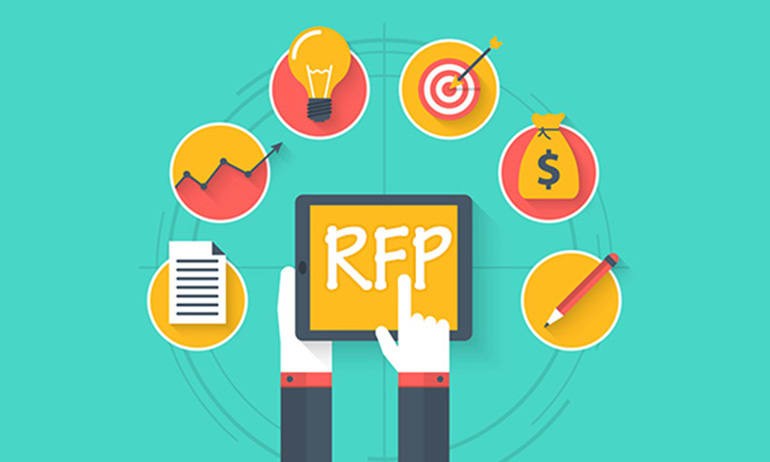When seeking services or solutions from suppliers or contractors, developing a strong request for proposal (RFP) is a crucial step towards finding the best match for your project needs. An RFP outlines the requirements and criteria for suppliers, eliciting bids that are tailored to your organization’s objectives. Understanding how to construct an RFP that communicates your needs precisely and assesses proposals effectively is essential. Below, we delve into the essential steps needed to craft an RFP that stands out and invites high-quality responses from potential vendors.
Crafting Clear and Measurable Objectives
Clarity is the bedrock of effective communication within an RFP. Objectives must not only be clear but also measurable. This refers to the ability to evaluate whether an objective has been achieved based on quantifiable criteria. Clear objectives allow vendors to focus their creativity in the correct areas and to propose solutions that correlate precisely with your priorities.
Setting these measurable goals starts with identifying what success looks like for the project. Are there key performance indicators (KPIs), such as cost savings, improved efficiency, or increased customer satisfaction, that the project aims to impact? These should be documented in the RFP to facilitate clear expectations.
When objectives are measurable, it becomes easier to compare proposals against one another. Vendors’ solutions can be evaluated on how well they align with the KPIs, reassuring both parties of the feasibility and desirability of the proposed solutions.
Measurable objectives also establish a foundation for accountability once the project commences. It’s easier to refer back to the RFP and check if the vendor is on track with delivering what was promised, making it a valuable document for project management.
Strategies for Vendor Evaluation and Selection
One of the most critical aspects of the RFP process is the evaluation of the proposals received. This requires a well-defined set of criteria that ensures fair and systematic assessment. Often, companies establish a scorecard approach, assigning points to various segments of the proposal such as cost, technical ability, and past performance.
Determining the weight of certain criteria over others is also a significant decision. For instance, while cost-effectiveness is important, the quality of service and the vendor’s track record may be considered more critical. Setting these priorities before reviewing proposals allows for a transparent selection process.
It’s also advisable to involve multiple stakeholders in the evaluation process. This ensures that various perspectives are taken into account, which is particularly important for comprehensive projects affecting multiple departments or areas within the organization.
Finally, due diligence should be conducted for the top choices. This might include checking references, reviewing case studies, or requesting a pilot or demonstration to ensure that the vendor can deliver on their proposal. An informed request for proposal (RFP) positions an organization to accurately assess the suitability of a vendor for their needs.
Best Practices for Communication and Timeline Management
Open communication is paramount throughout the RFP process. Potential vendors should have a clear point of contact for any inquiries, and there should be a transparent way to communicate any updates or changes in the RFP requirements. This helps in building a good relationship with potential suppliers from the outset.
Timeline management is equally crucial. Strict adherence to the timeline set out in the RFP can reflect the professionalism and reliability of an organization. By maintaining these schedules, companies can ensure that the project remains on track and that all parties respect the established deadlines.
Mid-project adjustments, although sometimes necessary, should be managed carefully. If changes in scope or deadlines are required, it’s important to document and communicate them effectively to all contenders. Negotiation periods and clarification points should also be built in as buffer zones within the RFP timeline.
Juggling numerous proposals can be challenging. Hence, employing project management tools or software can streamline the process of keeping track of communications, submissions, and deadlines. Investing in the right tools ensures that the process is managed effectively and allows for greater focus on content rather than administration.
Overall, the successful crafting of an RFP hinges on precise communication, detailed planning, and a structured evaluation process. By heeding these key considerations, organizations can develop a comprehensive RFP that attracts optimal vendors, laying the foundation for positive outcomes and long-term partnerships.




